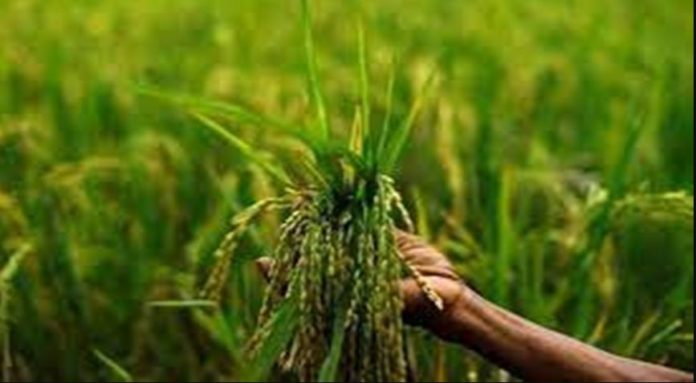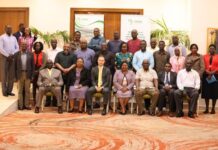Despite an unprecedented dry start to the production season in Malawi, the rainfall performance has improved significantly since February 2022, with cumulative rainfall total and length of growing period expected to be sufficient for crops to fully mature.
However, according to the US-based Famine Early Warning System Network (FEWS NET), the mid-season rainfall volatility, multiple tropical storms, and atypically low fertilizer usage are likely to reduce nation crop production to 15 to 25% below average, with the most considerable reductions in southern Malawi.
“Macro-economic conditions in Malawi continue to worsen, driven by existing inflationary pressures, climatic shocks, and disruption to global supply chains due to the Russia-Ukraine war,” FEWS NET said in a situation report released Wednesday.
“The minimum expenditure baskets have increased for rural and urban households since the start of the year, particularly in the southern region. Food and non-food prices are expected to increase through the outlook period, September 2022, limiting household purchasing power and financial access to food.”
Farmgate price
It added maize grain prices are higher than the five-year seasonal averages owing to increasing inflation pressure, below-average harvest prospects, and a higher than the average farmgate price set by the government for the 2022 maize buying season.
“Current maize prices range from 160 to 180MWK (Malawi Kwacha) per kilogramme at a time prices typically trend below 100MWK per kilogramme.
In northern and parts of central Malawi, acute food security outcomes are expected to continue through the harvest and post-harvest period.
“Despite entering the harvest period, districts in southern and central Malawi impacted by multiple tropical storms, worsening market dynamics, and below-average harvest expectations face acute food security outcomes.
“In the Lower Shire livelihood zone, acute food security outcomes are expected through the outlook period, September 2022, as underlying vulnerabilities have been exacerbated by multiple shocks impacting crop production, access to livelihoods, and financial access to food.










[…] Credit: Source link […]
Comments are closed.